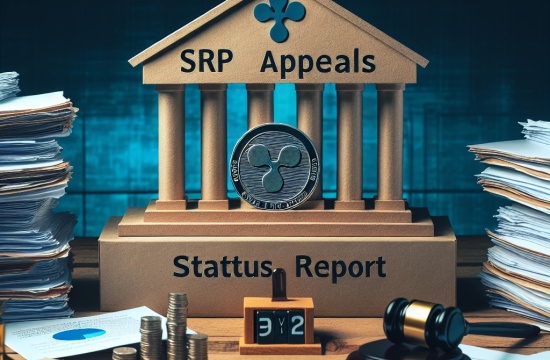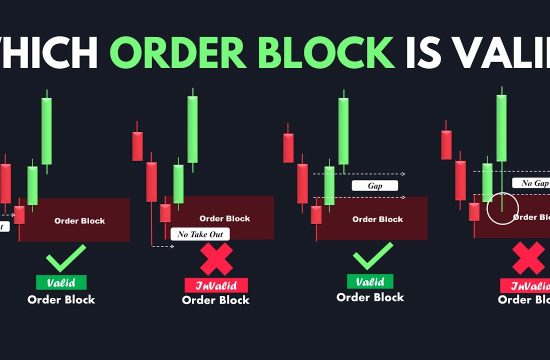Understanding the Basics of Bitcoin Trading
What is Bitcoin Trading?
Alright, so let’s kick things off by breaking down what Bitcoin trading really is. In simple terms, it’s the act of buying and selling Bitcoin on various exchanges. Unlike just holding onto Bitcoin and hoping it appreciates, trading is more active – you’re aiming to profit from the price fluctuations.
Trading can be done using different strategies, whether you prefer short-term trading or long-term investing. There’s a whole world of opportunities, but it’s essential to grasp the foundational concepts before diving in. Once you understand how Bitcoin works, you’ll feel a lot more confident about engaging with it.
You’ve probably heard folks talk about “HODLing,” which is slang for holding onto your Bitcoin to wait for the price to go up. While that can be a strategy, trading involves a more hands-on approach, and that’s why it’s critical to get a solid grip on the basics.
Technical Analysis: Reading the Market
Charts and Patterns
Getting into technical analysis might sound daunting, but trust me, it’s simpler than it looks! At its core, it involves studying price charts and recognizing patterns. I recommend familiarizing yourself with candlestick charts, which give you a clearer picture of price movements over time.
As you dig deeper, you’ll notice different patterns, like ‘head and shoulders’ or ‘double tops.’ These patterns can provide hints about potential price shifts. It’s like a puzzle – the more you practice, the better you get at putting the pieces together!
I still remember the first time I recognized a bullish pattern on a chart. It felt like a lightbulb moment! Engaging with charts regularly will not only enhance your skills but also build your confidence in making trading decisions.
Risk Management: Protecting Your Capital
Setting Stop-Loss Orders
One crucial aspect of trading that I can’t stress enough is risk management. The crypto market is known for its volatility, and without managing your risks, you could really find yourself in a bind. Setting stop-loss orders is a strategy that has saved my bacon more than once.
A stop-loss order automatically sells your Bitcoin when it hits a certain price. This way, if the market suddenly takes a turn for the worse, you’re not left holding the bag. Think of it as your safety net in the wild world of trading.
It’s all about finding the right balance. I’ve seen traders get too greedy and refuse to set stop-loss orders, and it usually doesn’t end well. Protecting your capital should always be a priority, and stop-loss orders are a handy tool that can help you do just that.
Psychological Aspects: Mastering Your Mind
Emotional Control in Trading
Trading isn’t just about numbers; it’s about mindset too. One of the things I’ve learned over the years is that emotional control is vital. Fear and greed can lead you down the wrong path faster than you can say “bear market.”
During my early days, I often let my emotions dictate my trades. But eventually, I realized that having a trading plan and sticking to it, regardless of the market’s noise, is key. Having a clear strategy keeps me grounded, even when prices are flying all over the place.
A good way to build emotional resilience is to reflect on your trades. Understand why you made certain decisions and learn from any mistakes. Over time, that self-awareness will bolster your confidence and improve your trading skills.
Keeping Up with Trends: Staying Informed
Latest News and Developments
In the crypto sphere, staying updated on the latest news and trends is pivotal. What happens in the broader financial world or even political occurrences can affect Bitcoin’s value. For me, keeping an eye on news outlets and social media platforms helps me make better-informed decisions.
I’ve also found that joining crypto communities online can provide insights that you might not see in traditional news articles. Engaging with others allows you to exchange opinions and gain knowledge from fellow traders; it’s a win-win!
Ultimately, remember that the crypto landscape is ever-evolving. The more you immerse yourself in the happenings surrounding Bitcoin, the easier it will be to anticipate market movements and trade with greater precision.
Conclusion
Trading Bitcoin with precision and skill is a journey that requires constant learning and practice. By understanding the basics, honing your technical analysis skills, implementing risk management, mastering the psychological aspects, and staying informed about trends, you’ll be well-equipped to navigate the volatile waters of crypto trading. So, gear up, stay motivated, and let’s trade smart!
Frequently Asked Questions (FAQ)
1. What is the best strategy for new Bitcoin traders?
For newcomers, starting with a simple strategy that focuses on learning the basics of trading, using stop-loss orders, and practicing on a demo account can be incredibly beneficial. Take your time to understand the market before diving in with real capital.
2. How much capital do I need to start trading Bitcoin?
There’s no set amount, but starting with an amount you can afford to lose is advisable; it’s a volatile market. Many traders suggest beginning with as little as $100 to get a feel for trading without significant risk.
3. How can I avoid emotional trading?
Establishing a solid trading plan and sticking to it helps immensely. Practicing self-reflection and acknowledging your emotions will also aid in preventing impulsive decisions based on fear or greed.
4. Are there trading tools that you recommend?
Absolutely! Charting software, like TradingView, and platforms that offer stop-loss and take-profit features can elevate your trading experience. Additionally, news aggregators for cryptocurrencies will keep you updated on real-time happenings.
5. How do I keep track of market trends?
Following crypto news websites, joining online communities, and using social media platforms for updates can help you keep track of market trends. Regularly checking market analytics will also provide valuable insights.
Related Content
- Elon Musk revives ‘Kekius Maximus’ persona, triggers new meme coin gold rush
- Crypto Alert: We Must Move Fast
- Tax Attacks Won’t Kill Bitcoin: Regulators Must Learn To Accept New Technology
- How to Send USDT From Binance to Another Wallet
- Russian Billionaire and Crypto Businessman Dies in Helicopter Crash in France









